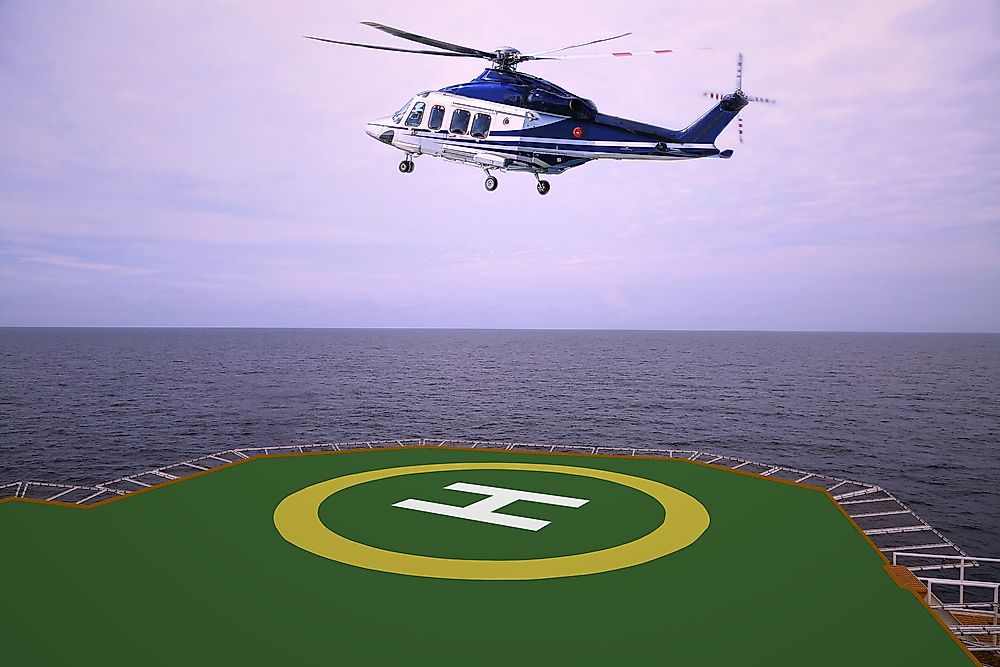What Is A Very Large Floating Structure (VLFS)?

A very large floating structure (VLFS) is a human-made island. VLFSs are created for various purposes, including floating airports, military bases, recreation facilities, docks, bridges, and storage facilities for oil and natural gas. Very large floating structures are a major invention of the 20th century and offer major advantages compared to traditional land reclamation processes that interfere with nature.
Components of Very Large Floating Structures
VLFSs usually include:
- A very large semi-submersible or pontoon floating structure
- A mooring facility to keep the floating structure in place
- An access bridge or floating road to get to the floating structure from shore
- A breakwater for reducing wave forces from affecting the floating structure
Classification
Very large floating structures are classified into two major categories: semi-submersible and pontoon.
Semi-Submersible VLFSs
Semi-submersible VLFSs feature a raised platform above the sea level using a column of tubes. This type of VLFS is used in the open sea where the waves are relatively large and powerful. The column of tubes is used to minimize the effects of waves while maintaining constant buoyancy. They are mainly used as airports, military base, and petroleum explorations in deep waters.
Pontoon VLFSs
Pontoon VLFSs feature a platform that rests on the water's surface. Pontoons are typically used in calm waters without strong waves, such as lagoons, harbors, and coves. Compared to semi-submersible VLFSs, pontoons are more flexible and rely on their structure to maintain buoyancy on the surface of the water. Pontoons are considered the less expensive to produce, maintain, and repair.
Applications of VLFSs
Floating Docks
Several floating docks have been constructed in major waterways such as the Texas Shipyard. The megastructure was built in 1985 by the Bethlehem Marine construction group. Piers have also been constructed with the idea of using VLFS to hold a larger capacity of water activities. A distinct floating pier has been constructed in Valdez, Alaska (United States) which has a capacity of 50,000-ton containers.
Floating Airports
The escalating cost of land in major cities across the globe has created the need for city planners to seek alternatives to reduce congestion in the cities. In order to address this challenge, Japan constructed an airport and runway on the coastal waters at Kansai International Airport in 1998. Other notable airports include a helicopter base in Vancouver, British Columbia (Canada).
Floating Production Plants
Floating production plants have been constructed in deep waters off the coastlines of countries such as Japan and Argentina. In 1979, a power plant was constructed in Khulan, Bangladesh, as well as a polythene plant in Bahia, Argentina. Ongoing research in Japan aims to create a water treatment plant and wind farm to meet the country's increasing water and energy demands.
Floating Emergency Bases
Floating emergency rescue bases have been created and are intended to be less impacted by earthquakes. In earthquake-prone countries, such as Japan, rescue bases have been constructed in Tokyo and Osaka to act as safe havens in the event of severe earthquakes.











